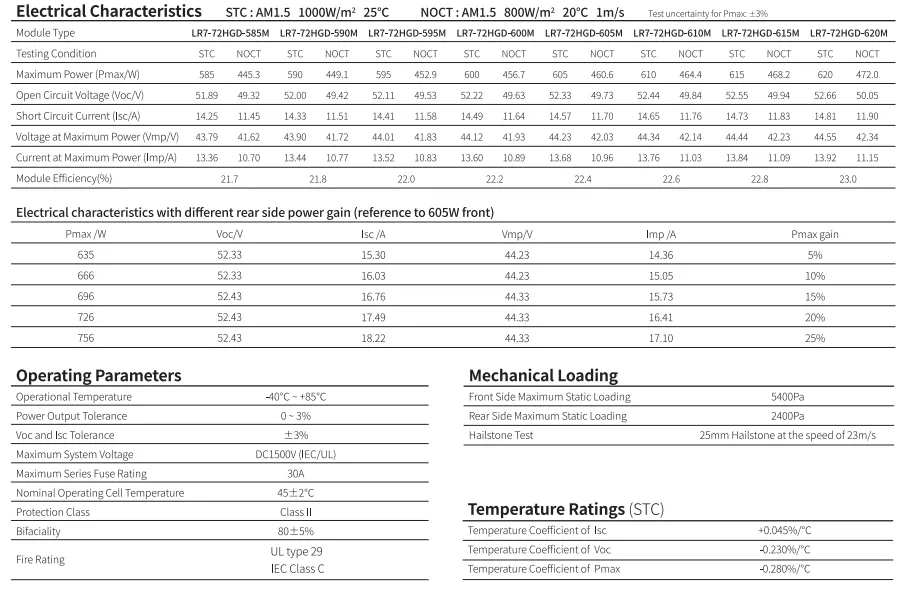average efficiency of solar panels
The Average Efficiency of Solar Panels A Comprehensive Overview
The growing focus on renewable energy sources has propelled solar power to the forefront of energy solutions worldwide. Solar panels, with their ability to convert sunlight into electricity, have gained immense popularity in residential, commercial, and industrial settings. However, one critical aspect that often comes into play when discussing solar panels is their efficiency. In this article, we will delve into the average efficiency of solar panels, factors influencing their performance, advancements in technology, and the implications for consumers and the environment.
Understanding Solar Panel Efficiency
Solar panel efficiency is defined as the ratio of the electrical output of a solar panel to the incident energy in the form of sunlight. It is typically expressed as a percentage. For instance, if a solar panel can convert 20% of the sunlight that hits it into electricity, its efficiency rating would be 20%. Higher efficiency ratings mean that more electricity can be generated from the same amount of sunlight, which is particularly advantageous when space is limited.
Current Average Efficiency Ratings
As of 2023, the average efficiency of commercially available solar panels ranges from 15% to 22%
. Conventional silicon-based solar panels, predominantly monocrystalline and polycrystalline types, are the most common. Among these, monocrystalline solar panels tend to be more efficient, frequently achieving efficiencies above 20%, while polycrystalline panels generally fall in the 15% to 17% range.However, newer technologies are pushing the boundaries of efficiency even further. Bifacial panels, which can capture sunlight on both sides, and thin-film technologies, while traditionally less efficient overall, have seen improvements that increase their viability for specific applications. Some cutting-edge research has reported efficiencies exceeding 25% in laboratory conditions, showcasing the potential for future developments in solar technology.
Factors Influencing Efficiency
average efficiency of solar panels

Several factors influence the efficiency of solar panels. First and foremost is the quality of materials used in their construction. Monocrystalline panels, made from single-crystal silicon, have fewer defects compared to polycrystalline panels, which are made from multiple silicon crystals. This structural integrity allows monocrystalline panels to be more efficient and enables them to perform better in low-light conditions.
Environmental factors also play a significant role. Temperature, shading, and the angle of installation can substantially affect a panel's output. For example, while solar panels operate more efficiently in cooler conditions, high temperatures can cause their efficiency to drop. Proper installation and positioning can mitigate some of these effects by optimizing exposure to direct sunlight.
Technological Advancements
The field of solar energy is witnessing rapid technological advancements aimed at enhancing the efficiency of solar panels. Innovations such as Passivated Emitter and Rear Cell (PERC) technology, tandem solar cells, and half-cut cell designs have emerged to improve energy conversion rates. PERC technology, for instance, adds a layer to the rear side of traditional solar cells, reflecting unused sunlight back into the active layer, thus increasing total output.
Research is also underway into materials beyond silicon, such as perovskite solar cells, which hold the promise of higher efficiencies and lower production costs. Early-stage advancements in these materials have reported efficiencies that rival traditional silicon-based panels, suggesting a bright future for solar technology.
Implications for Consumers and the Environment
The efficiency of solar panels has significant implications for consumers and the environment. Higher efficiency means that homeowners and businesses can produce more electricity from the same surface area, which translates to lower energy bills and a smaller carbon footprint. As efficiency continues to improve, the feasibility of solar energy becomes more accessible, potentially leading to broader adoption.
In conclusion, while the average efficiency of solar panels currently ranges from 15% to 22%, ongoing technological advancements promise to enhance this metric further. Understanding the factors that influence efficiency and staying informed about developments in solar technology will enable consumers to make informed decisions, thereby contributing not only to personal savings but also to a more sustainable future. Solar power has already made a considerable impact, and as efficiencies continue to rise, its potential will only become more pronounced in our transition to renewable energy.
-
String Solar Inverter: The High-Efficiency Solution for Smart Solar EnergyNewsJul.14,2025
-
Revolutionizing Rooftop Energy with the Power of the Micro Solar InverterNewsJul.14,2025
-
Power Independence with Smart Off Grid Solar Inverter SolutionsNewsJul.14,2025
-
On Grid Solar Inverter: Powering the Future with Smart Grid IntegrationNewsJul.14,2025
-
Monocrystalline Solar Panels: High-Efficiency Power for the Future of Clean EnergyNewsJul.14,2025
-
Bifacial Solar Panel: A Smarter Investment for Next-Generation Energy SystemsNewsJul.14,2025







